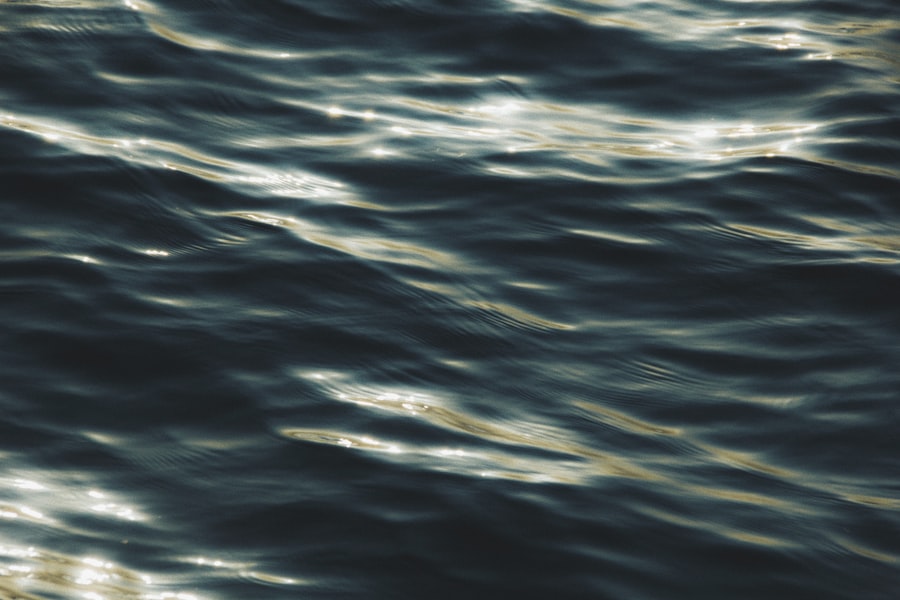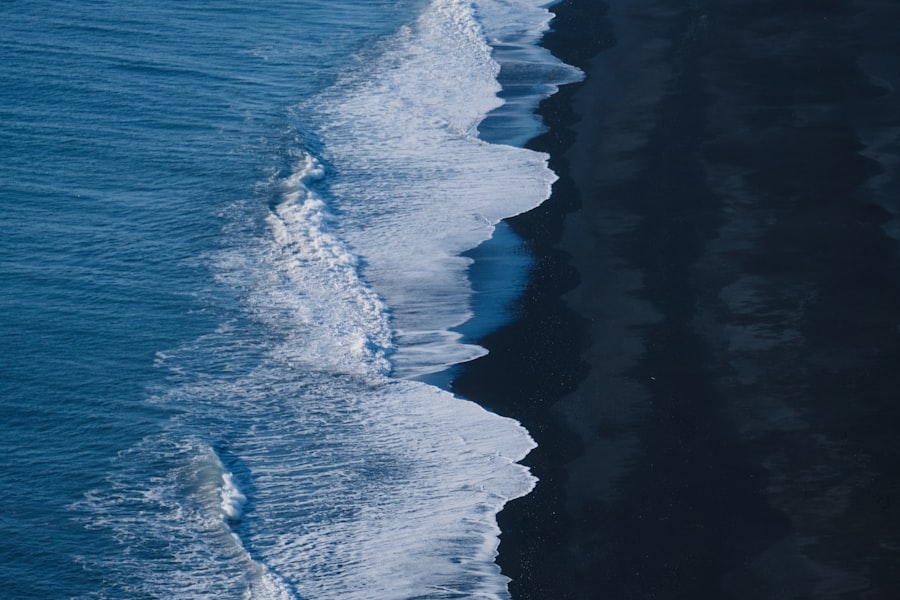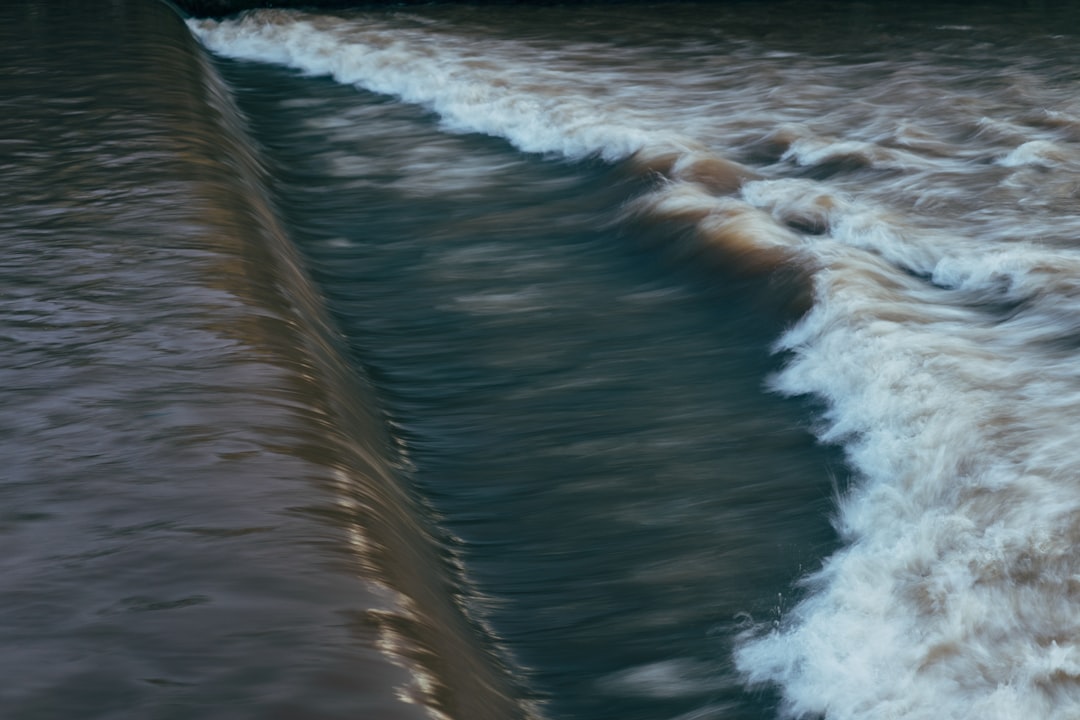The Drake Passage, a body of water situated between the southern tip of South America and Antarctica, is renowned for its tumultuous seas and unpredictable weather patterns. This narrow stretch of ocean, measuring approximately 600 miles in width, serves as a critical conduit for maritime traffic between the Atlantic and Pacific Oceans. Its significance extends beyond mere geography; it is a vital area for scientific research, particularly in the study of climate change and marine ecosystems.
The passage is named after Sir Francis Drake, the English explorer who navigated these waters in the late 16th century, and it has since become a focal point for adventurers and researchers alike. The unique geographical features of the Drake Passage contribute to its notorious reputation. The convergence of the warm waters from the Atlantic Ocean and the frigid currents from the Southern Ocean creates a volatile environment that can lead to sudden storms and high waves.
This dynamic interplay of oceanic forces not only shapes the physical landscape but also influences the biodiversity found within its depths. Marine life thrives in these waters, making it an essential area for ecological studies. Understanding the Drake Passage is crucial for anyone considering a journey through its challenging waters, as it sets the stage for the experiences that lie ahead.
Key Takeaways
- The Drake Passage is a treacherous body of water between South America’s Cape Horn and the South Shetland Islands of Antarctica, known for its unpredictable and extreme weather conditions.
- Navigating 40-foot waves in the Drake Passage presents a significant challenge for even the most experienced sailors, requiring careful planning and seamanship skills.
- Proper preparation for a journey across the Drake Passage involves thorough safety briefings, securing loose items on board, and ensuring all passengers and crew are equipped with appropriate safety gear.
- Safety measures at sea include regular safety drills, the use of life jackets and harnesses, and the implementation of strict protocols for adverse weather conditions.
- Navigational tools and techniques such as GPS, radar, and weather forecasting are essential for safely navigating the Drake Passage and avoiding potential hazards.
The Challenge of 40-Foot Waves
One of the most daunting aspects of traversing the Drake Passage is the potential for encountering 40-foot waves. These colossal swells can arise with little warning, driven by fierce winds and the unique topography of the ocean floor. For sailors and passengers alike, the sight of towering waves can be both awe-inspiring and terrifying.
The sheer force of such waves poses significant challenges to vessels, testing their structural integrity and the skill of their crews. Navigating through these turbulent waters requires not only a sturdy ship but also a deep understanding of maritime dynamics. The psychological impact of facing such formidable waves cannot be understated.
For many, the experience can evoke feelings of vulnerability and fear, as the ocean’s power becomes palpably evident. However, seasoned sailors often describe these moments as exhilarating, a testament to nature’s raw beauty and unpredictability. The challenge of 40-foot waves serves as a rite of passage for those who dare to cross the Drake Passage, marking their journey with both peril and profound respect for the forces of nature.
Preparing for the Journey

Preparation is key when embarking on a journey across the Drake Passage. Adventurers must equip themselves with not only physical supplies but also mental fortitude. A thorough understanding of what to expect can significantly enhance one’s experience.
This includes familiarizing oneself with potential weather conditions, packing appropriate clothing, and ensuring that all necessary safety gear is on board. Knowledge about the vessel being used is equally important; understanding its capabilities and limitations can provide peace of mind when facing unpredictable seas. In addition to physical preparations, mental readiness plays a crucial role in successfully navigating the Drake Passage.
Participants are encouraged to engage in pre-voyage training sessions that cover essential skills such as emergency procedures and basic seamanship. These sessions often include simulations that help individuals acclimate to life at sea, fostering a sense of camaraderie among crew members and passengers alike. By investing time in preparation, adventurers can approach their journey with confidence, ready to embrace whatever challenges may arise.
Safety Measures at Sea
| Safety Measure | Description |
|---|---|
| Life Jackets | Required to be worn by all passengers and crew while on deck or in small boats. |
| Emergency Drills | Regular practice drills for crew and passengers to prepare for emergencies. |
| Navigation Equipment | Regular maintenance and testing of navigation systems to ensure safe passage. |
| Emergency Response Plan | Clear procedures in place for responding to accidents, fires, or other emergencies. |
Safety measures are paramount when traversing the unpredictable waters of the Drake Passage. Vessels are equipped with an array of safety equipment designed to protect both crew and passengers in case of emergencies. Life jackets, lifeboats, and emergency beacons are standard provisions on any ship navigating these treacherous waters.
Additionally, regular safety drills are conducted to ensure that everyone on board knows how to respond effectively in various scenarios, from man-overboard situations to severe weather events. Moreover, communication systems play a vital role in maintaining safety at sea. Modern vessels are outfitted with advanced technology that allows for real-time updates on weather conditions and navigational hazards.
This information is crucial for making informed decisions about course adjustments or seeking shelter from impending storms. The combination of well-trained personnel and reliable equipment creates a robust safety net that enhances the overall security of those crossing the Drake Passage.
Navigational Tools and Techniques
Navigating through the Drake Passage requires a blend of traditional seamanship skills and modern technology. Experienced mariners rely on a variety of navigational tools to chart their course through these challenging waters. GPS systems provide precise location data, while radar helps detect other vessels and obstacles in low visibility conditions.
Additionally, nautical charts offer valuable information about underwater topography and potential hazards, allowing sailors to plan their routes effectively. Despite advancements in technology, many seasoned sailors still emphasize the importance of traditional navigation techniques. Celestial navigation, which involves using stars and celestial bodies to determine one’s position at sea, remains a valuable skill among experienced mariners.
This blend of old and new methods ensures that navigators are well-equipped to handle any situation that may arise during their journey across the Drake Passage.
Coping with Sea Sickness

Sea sickness is a common challenge faced by many travelers crossing the Drake Passage. The combination of rolling waves and unpredictable motion can lead to discomfort for even the most seasoned sailors. Symptoms can range from mild nausea to severe vomiting, making it essential for individuals to have strategies in place to cope with this condition.
There are several remedies available for those prone to sea sickness. Over-the-counter medications can provide relief, while natural remedies such as ginger or acupressure bands have also gained popularity among travelers.
Additionally, staying hydrated and consuming light meals can help maintain comfort during rough seas. Finding a stable position on the vessel—preferably in the center where motion is minimized—can also alleviate symptoms. By being proactive about managing sea sickness, adventurers can focus on enjoying their journey rather than succumbing to discomfort.
Wildlife Encounters in the Drake Passage
The Drake Passage is not only known for its challenging conditions but also for its rich biodiversity. Adventurers crossing these waters often have the opportunity to encounter a variety of marine life, including whales, seals, and an array of seabirds. The nutrient-rich waters support thriving ecosystems that attract wildlife from both polar regions.
For many travelers, these encounters become some of the most memorable moments of their journey. Whale watching is particularly popular in this region, with species such as humpback whales and orcas frequently spotted during crossings. The sight of these majestic creatures breaching the surface is awe-inspiring and serves as a reminder of nature’s grandeur.
Additionally, seabirds like albatrosses glide gracefully above the waves, providing a stunning visual contrast against the tumultuous backdrop of the ocean. These wildlife encounters enrich the experience of crossing the Drake Passage, offering glimpses into the vibrant life that thrives in this remote part of the world.
The Importance of Experienced Crew
The role of an experienced crew cannot be overstated when navigating the Drake Passage. A knowledgeable team brings invaluable expertise to every aspect of the journey, from handling rough seas to ensuring passenger safety. Crew members are trained to respond swiftly to emergencies and possess a deep understanding of maritime operations that enhances overall safety aboard the vessel.
Moreover, an experienced crew fosters a sense of confidence among passengers. Their ability to manage challenging situations with composure reassures travelers that they are in capable hands. This trust allows adventurers to fully immerse themselves in their experience rather than being consumed by anxiety about potential dangers at sea.
The synergy between crew expertise and passenger engagement creates an environment where everyone can appreciate the beauty and challenges presented by crossing the Drake Passage.
Emergency Protocols in Rough Seas
In rough seas, having well-defined emergency protocols is essential for ensuring safety aboard any vessel traversing the Drake Passage. These protocols outline specific actions to be taken in various scenarios, such as severe weather conditions or equipment failure. Crew members undergo rigorous training to familiarize themselves with these procedures, ensuring they can act decisively when faced with unexpected challenges.
Communication plays a critical role during emergencies at sea. Crew members must be able to relay information quickly and clearly to passengers while maintaining order amidst chaos. Regular drills help reinforce these protocols, allowing everyone on board to understand their roles during an emergency situation.
By prioritizing preparedness and communication, vessels navigating through rough seas can significantly reduce risks and enhance overall safety.
The Psychological Impact of Confronting 40-Foot Waves
Confronting 40-foot waves can have profound psychological effects on those crossing the Drake Passage. The sheer magnitude of such waves often evokes feelings of fear and vulnerability; however, it can also lead to moments of introspection and personal growth. Many adventurers find themselves grappling with their limits as they face nature’s raw power head-on.
For some individuals, this confrontation becomes a transformative experience that fosters resilience and courage. The adrenaline rush associated with navigating through turbulent waters can lead to heightened awareness and appreciation for life’s challenges. As they emerge from their journey across the Drake Passage, many travelers reflect on how facing their fears has shaped their perspectives on both adventure and personal growth.
Reflecting on the Adventure of Crossing the Drake Passage
Crossing the Drake Passage is more than just a physical journey; it is an adventure that leaves lasting impressions on those who undertake it. The combination of breathtaking landscapes, wildlife encounters, and personal challenges creates a tapestry of experiences that travelers carry with them long after their voyage has ended. Each crossing becomes a unique story filled with moments of triumph, fear, and awe.
As adventurers reflect on their experiences in this remarkable part of the world, they often find themselves changed by what they have encountered at sea. The lessons learned from navigating rough waters extend beyond maritime skills; they encompass themes of resilience, camaraderie, and respect for nature’s power.
In a recent exploration of the treacherous waters of the Drake Passage, renowned for its towering 40-foot waves, adventurers and researchers alike have been captivated by the sheer power and unpredictability of this infamous stretch of ocean. For those interested in learning more about the challenges and experiences faced by those who navigate these formidable seas, a related article provides further insights into the dynamics of the Drake Passage. You can read more about these incredible maritime adventures by visiting this link.
WATCH NOW! Drake Passage: Earth’s Deadliest Waters Revealed
FAQs
What is the Drake Passage?
The Drake Passage is the body of water between the southern tip of South America and the northern tip of the Antarctic Peninsula. It is known for its rough seas and challenging sailing conditions.
What are 40-foot waves?
40-foot waves refer to ocean waves that reach a height of approximately 40 feet from trough to crest. These are considered very large and can be extremely dangerous for ships and other vessels.
Are 40-foot waves common in the Drake Passage?
Yes, 40-foot waves are not uncommon in the Drake Passage, especially during stormy weather. The combination of strong winds and the open expanse of the passage can lead to the formation of large waves.
How do 40-foot waves impact sailing in the Drake Passage?
40-foot waves can make sailing in the Drake Passage extremely challenging and dangerous. Ships and other vessels may experience heavy rolling and pitching, putting both crew and passengers at risk. It is important for sailors to be well-prepared and experienced when navigating these waters.
What precautions are taken when sailing in the Drake Passage during 40-foot waves?
When facing 40-foot waves in the Drake Passage, ships and vessels may take precautions such as securing all loose items, reinforcing the ship’s structure, and altering course to minimize the impact of the waves. Additionally, passengers and crew may be advised to stay indoors and secure themselves to prevent injury.
